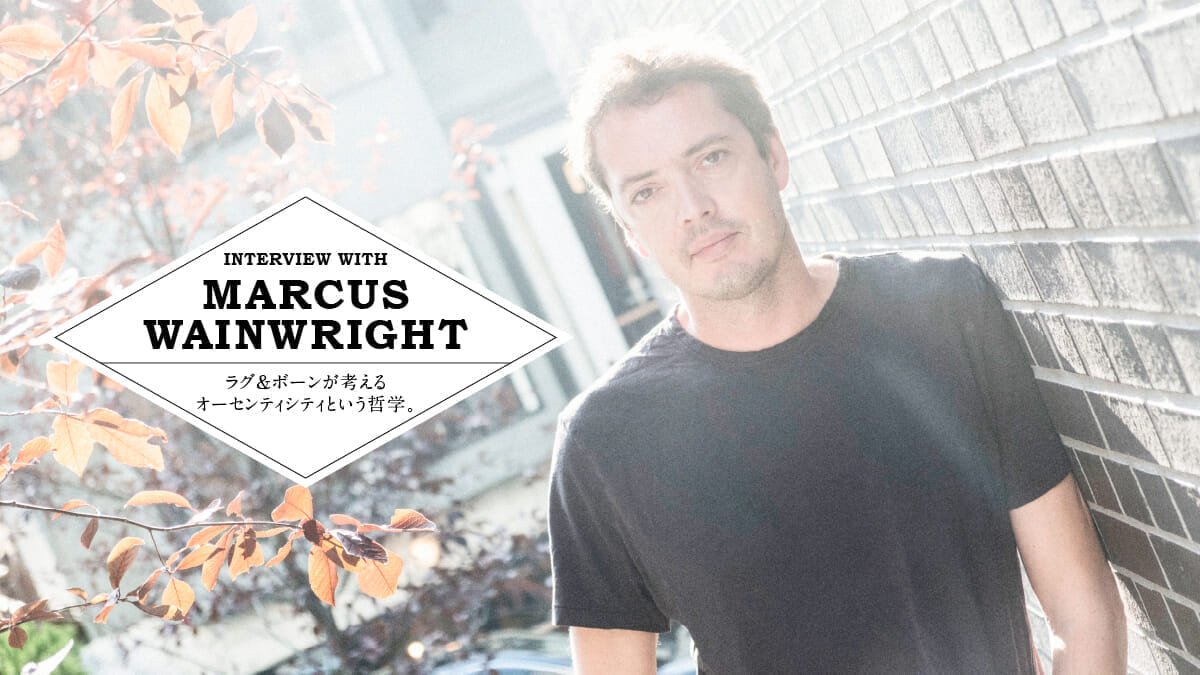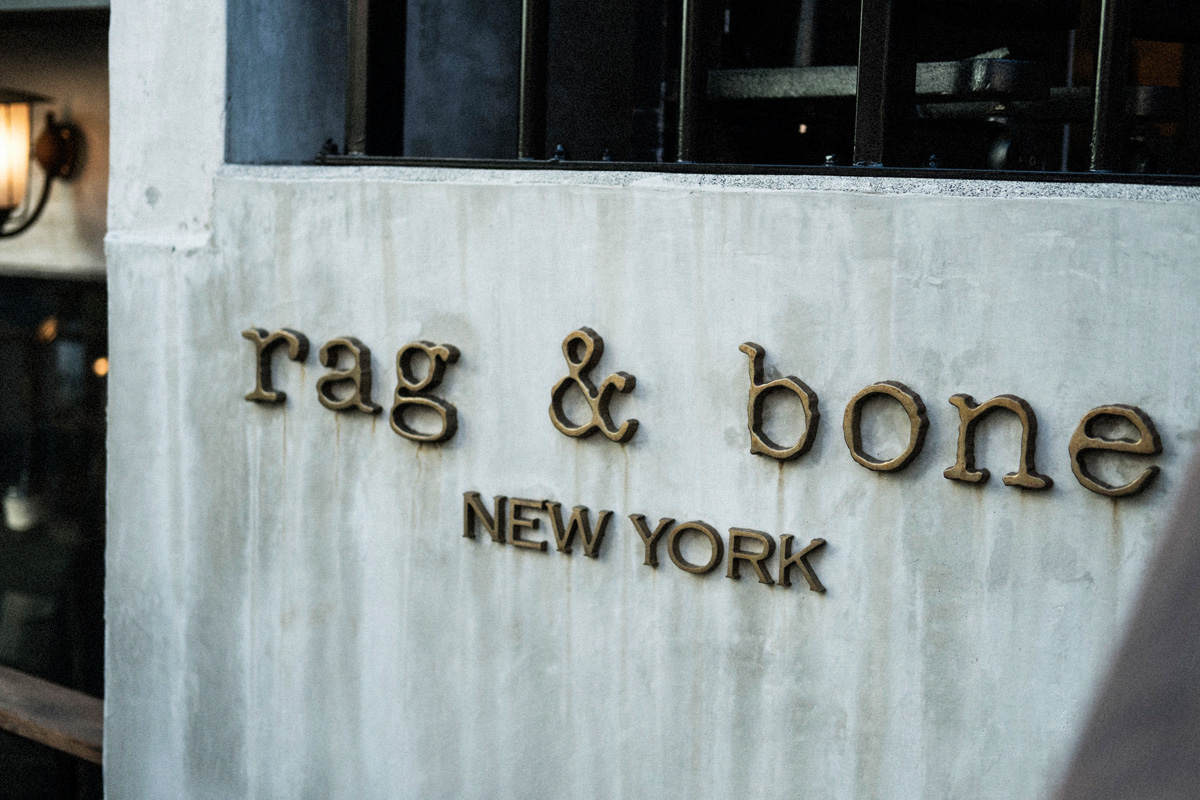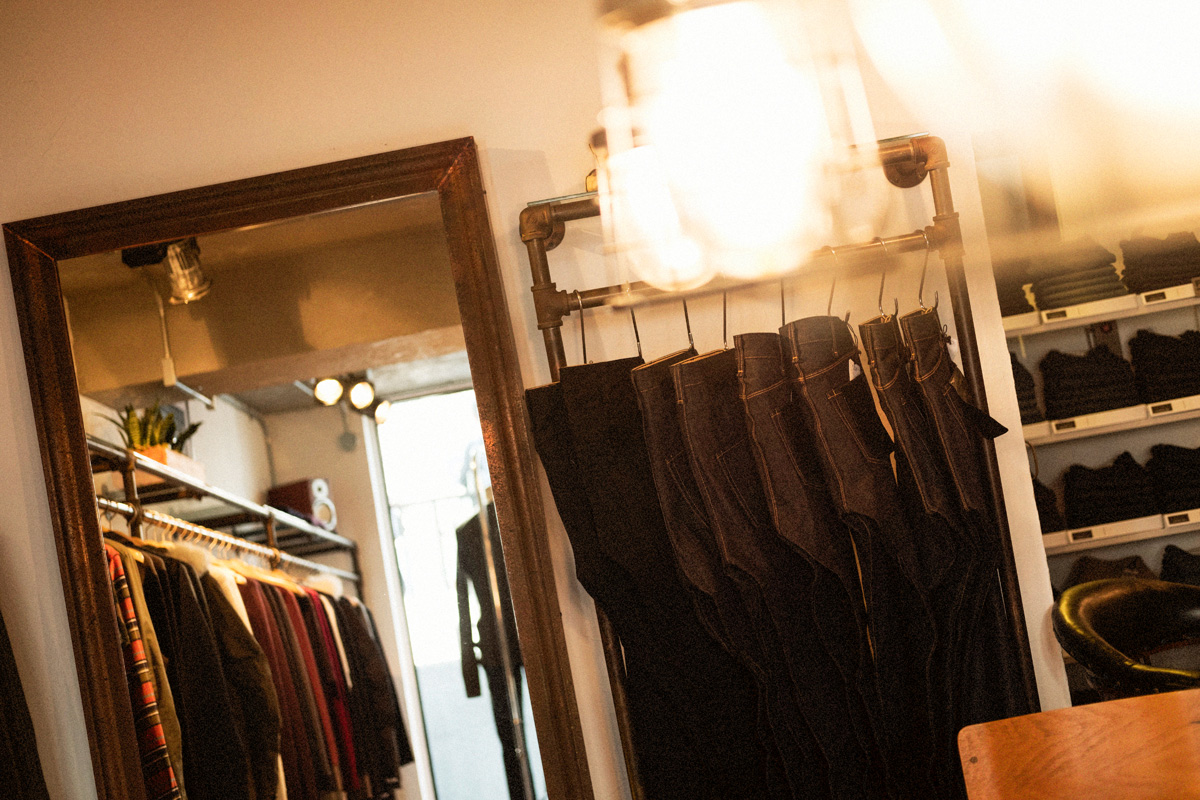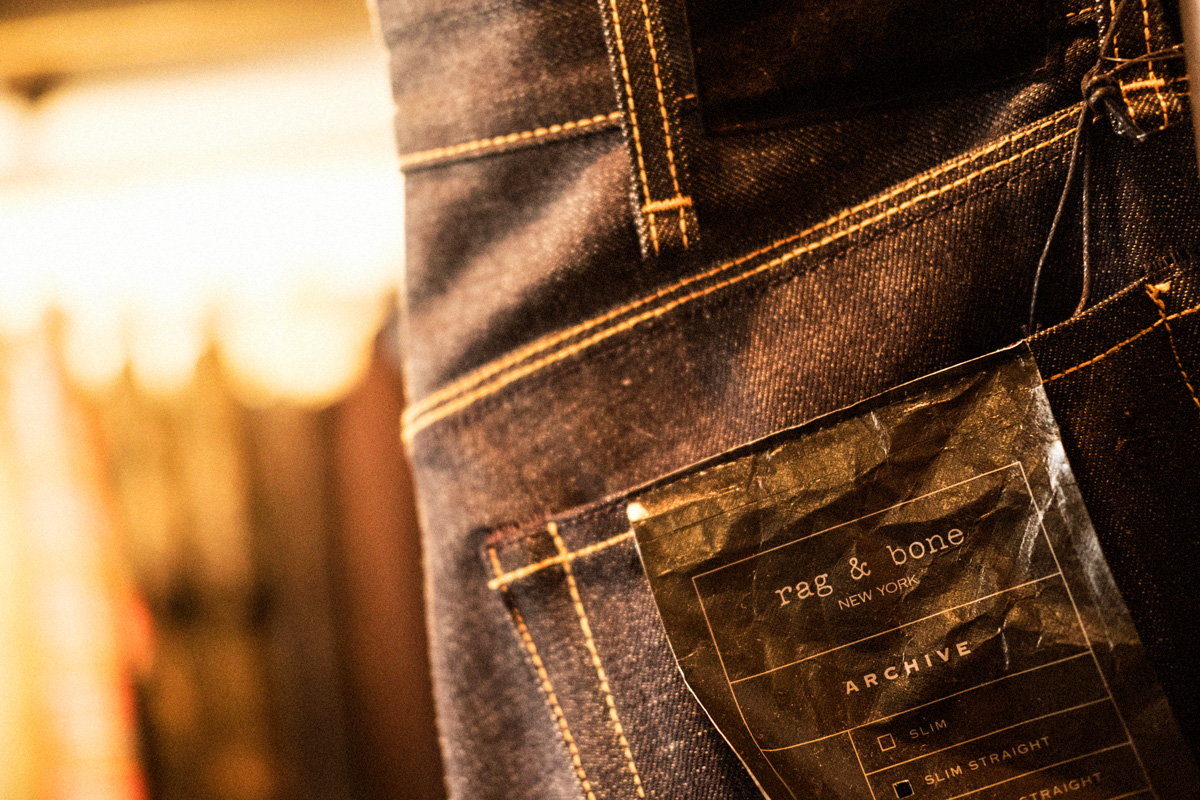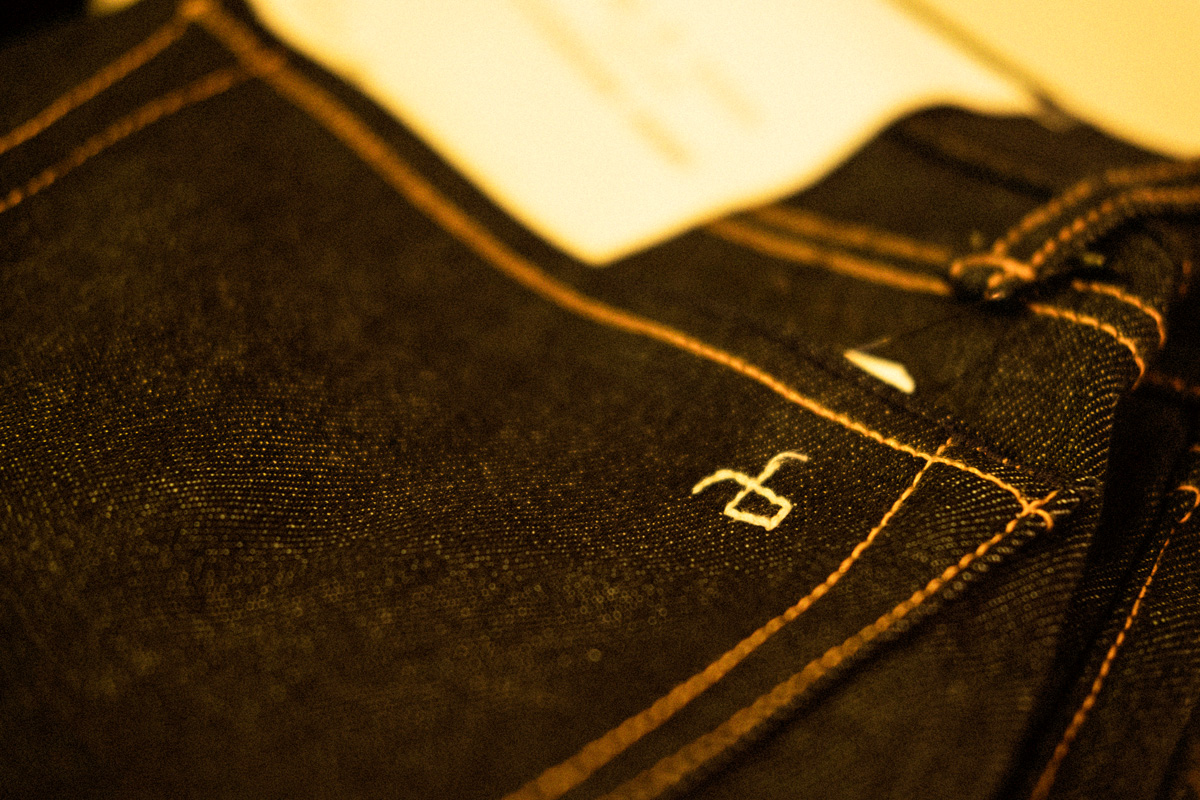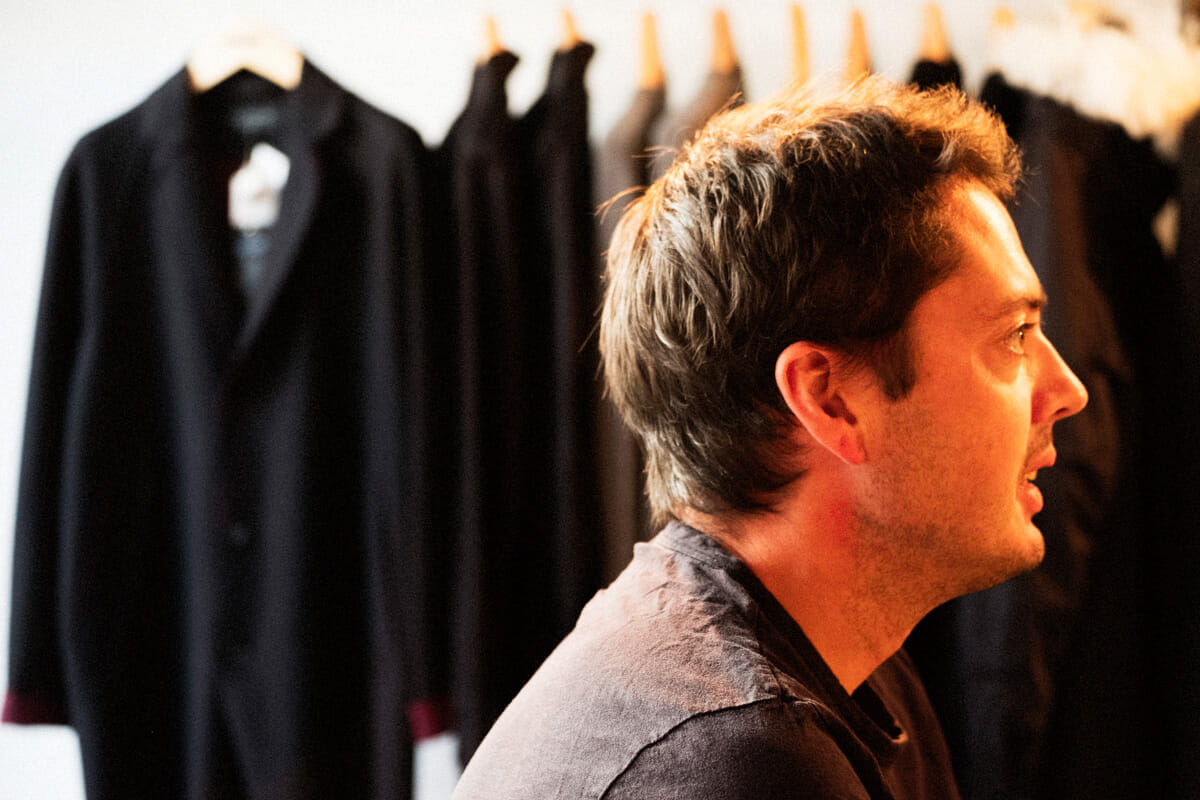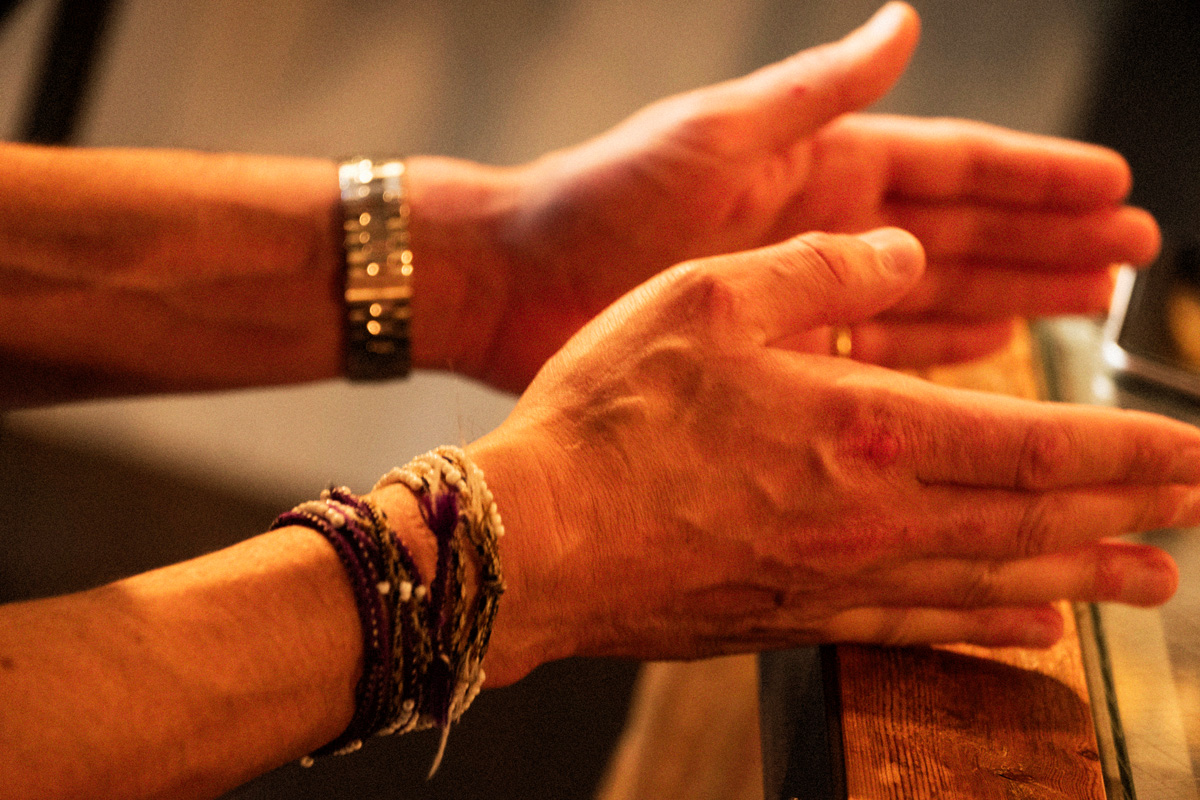Do your experiences at the factory in Kentucky still have an influence on Rag & Bone's manufacturing process?
- Is the experience you gain from making jeans with the factory in Kentuckey still crucial to yourself and the brand's philosophy behind manufacturing?
Wainwright.: of course. The old factory, the craftsmen sewing jeans with their lives, the best fabrics, the beauty of real indigo dyeing.... That experience taught me the importance of staying true to what I want to make, and also taught me how difficult it is. It also taught me about the true meaning of craftsmanship and authenticity. All of our ideas about making things have been shaped by this experience, and the ideal of authenticity is at the heart of everything we do at Rag & Bone, and not just denim.
Wainwright.In an old factory, watching the practiced hand of craftsmen who've spent their whole lives sewing jeans, the best fabrics, and the beauty of genuine indigo dye. From my experiences then, I learned how important it is to always be sincere about the product you want to make, and also how difficult that is. It also taught me what craftsmanship and authenticity are really all about. Our thought process regarding all of our manufacturing arose from that experience, and that authentic ideal is at the heart of not just the jeans we make at rag & bone, but everything we do.
Is this also true of your campaign ads? Rag & Bone seems to have a unique philosophy in its advertising expression and methods, such as its early campaigns that skillfully used social media.
- Including the campaigns? rag & bone was one of the earliest adopters in the fashion industry who utilized the power of social media into a rag & bone was one of the earliest adopters in the fashion industry who utilized the power of social media into a campaign with a keen originality in expression and approach, which I believe is rather progressive than authentic.
Wainwright.We want to do something different from others in whatever we do, and we never want to do anything that lies not only to ourselves but also to our users. That's my idea of authenticity. The first campaign was the standard casting for so-called fashion ads, with Kate Moss as the model and Craig McDean as the photographer. But I told them at the beginning that I didn't want to do it the same way as my usual campaigns.
It was shot on the streets of London, all on film in natural light, with no lighting. Of course, there was almost no post-processing. I also had Glen Luchford use film for a subsequent campaign. In any case, I wanted to create images with a high degree of purity, without any artificial manipulation.
Wainwright.We always try to do something different from everyone else, and we never want to do anything that could deceive our customers. In our first campaign, we chose Kate Moss to be our model, and hired Craig McDean to be our photographer. But the two of them told us they didn't want to do our campaign in the same way as other companies.
With the streets of London as the setting, all the photos were taken with natural lighting, with no additional lights used. Of course, there were almost no post-process touch ups after the fact either. For the campaign after that, Glen Luchford took film photographs for us. Anyway, I wanted to make a pure image for the brand, without any deceptive maneuvering.
